#spiranthes arcisepala
Photo
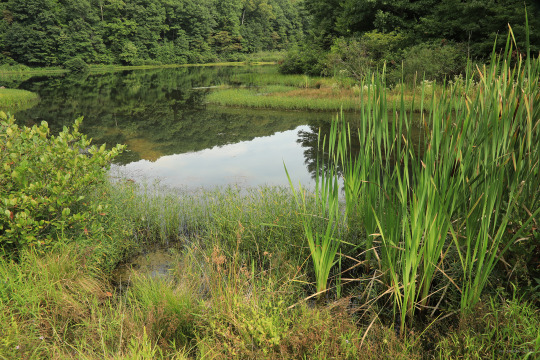
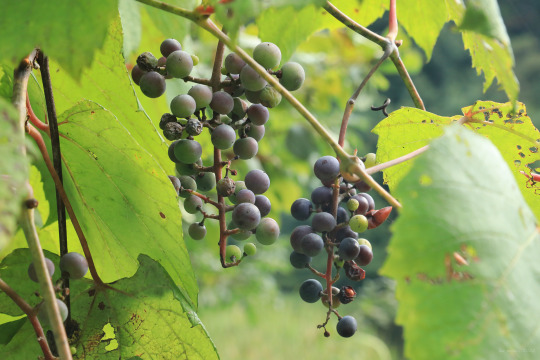
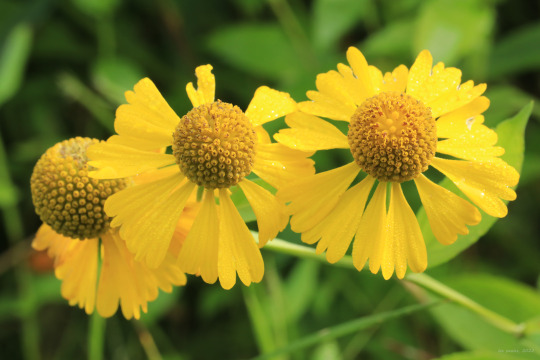

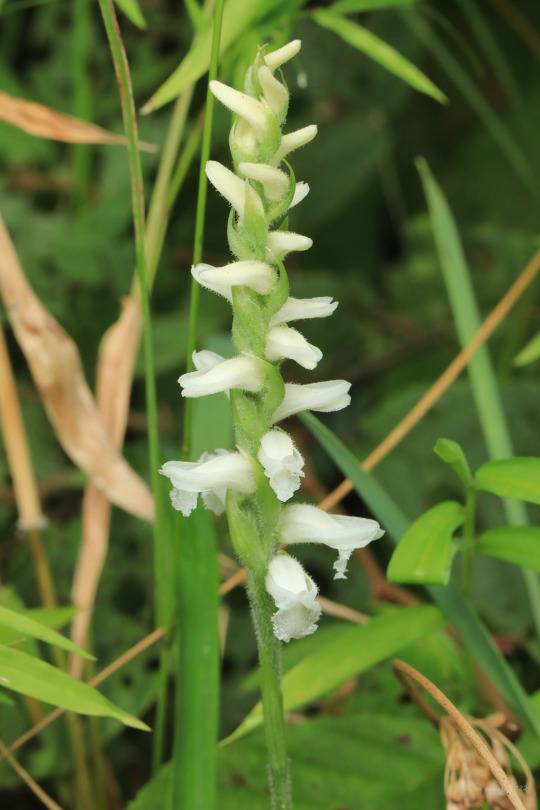

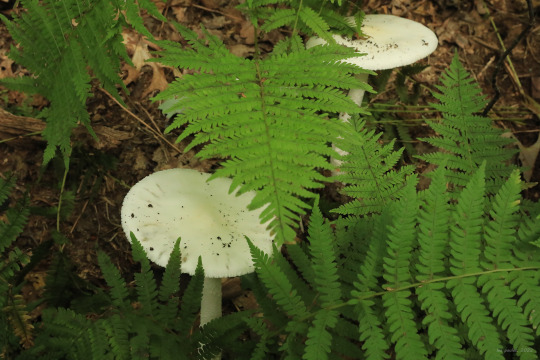
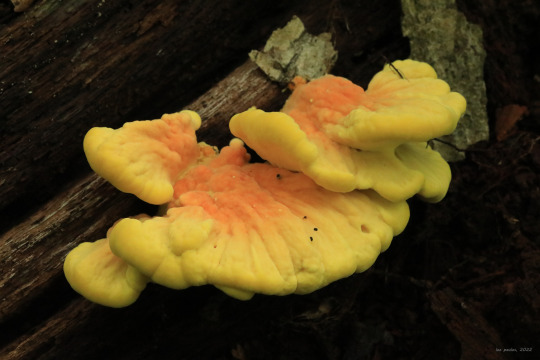
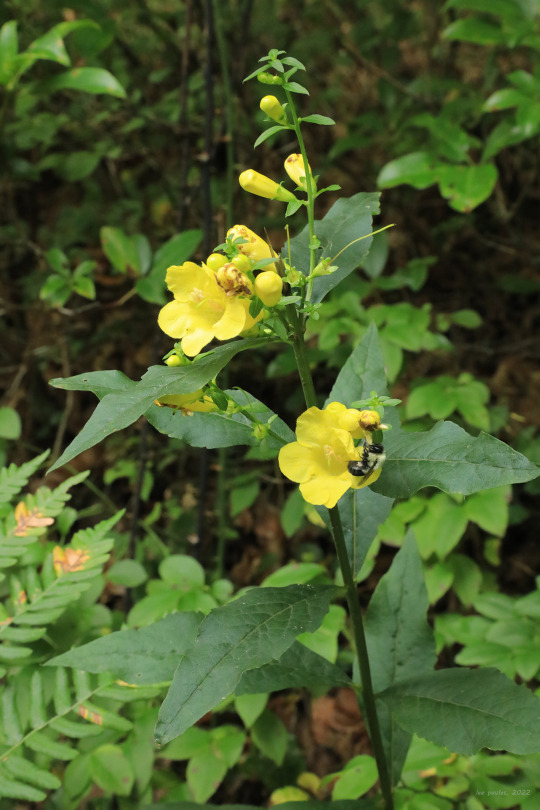
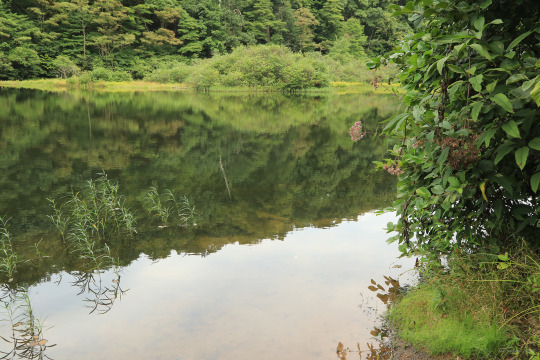
More late summer treasure from a short hike around Messinger Lake (a.k.a., trout pond) at Coopers Rock State Forest.
From top: the nearly ripe berries of frost grape (Vitis vulpina)*, whose fruit reaches full maturity just before the first frost of October; sneezeweed (Helenium autumnale), whose dried leaves were once used as an ingredient in snuff; Indian pipe (Monotropa uniflora), also known as ghost plant and corpse plant, a parasitic plant that derives nutrients from trees via a mycorrhizal relationship with fungi; Appalachian ladies’ tresses (Spiranthes arcisepala), a late summer orchid found growing at the moist edges of wetlands; white wood aster (Eurybia divaricata), a late-summer perennial of Appalachia’s rich woods and clearings; a pair of eastern destroying angels (Amanita bisporigera) hiding in the ferns, an idyllic spot for these deadly beauties; a young sulphur shelf fungus (Laetiporus sulphureus), also known as chicken-of-the-woods, at prime edibility; and Appalachian oak-leech (Aureolaria laevigata), also known as entireleaf yellow false foxglove and smooth false foxglove, a partially-parasitic plant that attaches to and derives nutrients from oak tree roots while also creating energy from photosynthesis.
* Corrected the scientific name from an earlier post.
#appalachia#vandalia#west virginia#late summer#flora#wildflowers#fungi#vitis vulpina#frost grape#helenium autumnale#sneezeweed#monotropa uniflora#indian pipe#ghost plant#corpse plant#spiranthes arcisepala#appalachian ladies' tresses#eurybia divaricata#white wood aster#amanita bisporigera#eastern destroying angel#destroying angel#laetiporus sulphureus#sulphur shelf#chicken-of-the-woods#aureolaria laevigata#appalachian oak-leech#entireleaf yellow false foxglove#smooth false foxglove#coopers rock state forest
72 notes
·
View notes
Text

Appalachian ladies’ tresses (Spiranthes arcisepala)
9/14/22
7 notes
·
View notes
Text
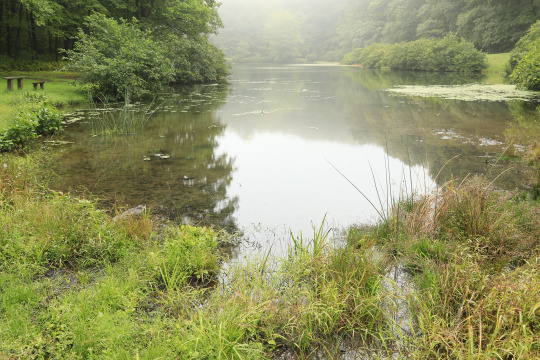


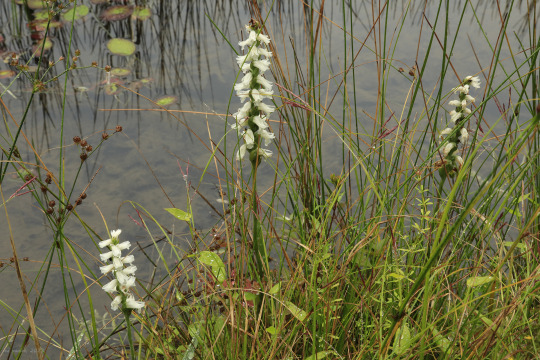


I love two things profoundly: the statically-charged build-up to a thunderstorm and a soft, misty rain accompanied by a draping, shifting haze. At this time of the year, the second thing is far more common of course. Above are a few photos of a light rain moving over an impoundment at Chestnut Ridge Regional Park, nestled in a sharp bend of Coopers Rock State Forest. Among the treasures growing at the water's edge: Appalachian ladies' tresses (Spiranthes arcisepala), an adorable bog orchid that blooms from late summer to early fall; and water-shield (Brasenia schreberi), a native, aquatic plant with floating leaves.
#appalachia#vandalia#west virginia#wildflowers#flora#fall#chestnut ridge regional park#appalachian ladies' tresses#water-shield#rain#mist#haze
173 notes
·
View notes
Photo

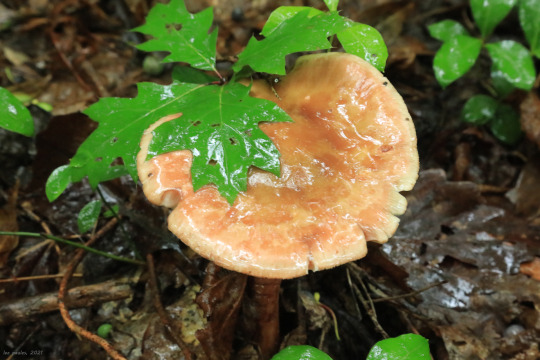




On a rainy, misty September morning, it’s easy to look out a window and find only dreariness and bleakness beyond the glass. But I believe beauty and joy live in all things at all times, if you know where and how to look for them. This morning, I found them in the shimmering patterns of rain and wind on Messinger Lake, in the phantasmal mist creeping over the hilltops, and in the delicate plants swooning at the lake’s edge.
#appalachia#vandalia#west virginia#coopers rock state forest#messinger lake#glade run#rain#mist#drizzle#beauty#symphiotrichum prenanthoides#crooked-stem aster#crooked stemmed aster#spiranthes arcisepala#appalachian ladies' tresses#summer#wildflowers#flora
70 notes
·
View notes
Photo


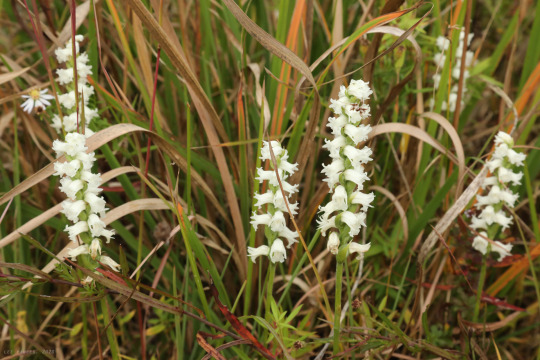

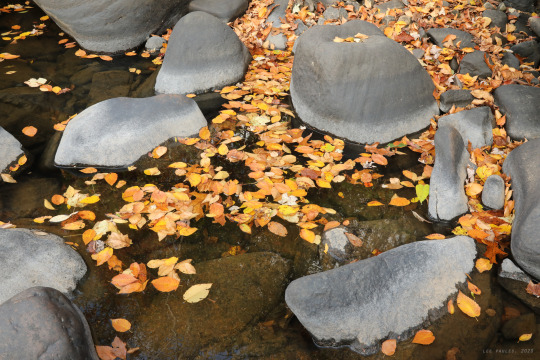



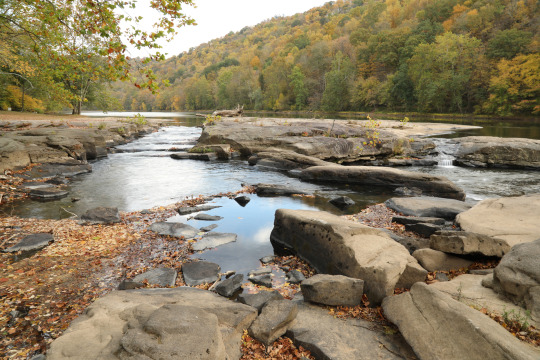
A bit of seasonal color pops along the Tygart Valley River at Valley Falls State Park. Among the autumn treasures I discovered along river’s boulder-strewn bank were winterberry holly (Ilex verticillata) and Appalachian ladies’ tresses (Spiranthes arcisepala).
#appalachia#vandalia#west virginia#tygart valley river#valley falls state park#waterfalls#ilex#winterberry holly#spiranthes#appalachian ladies's tresses#orchid#fall#autumn#leaf color
75 notes
·
View notes
Photo



Morphology is a bitch. After years of convincing myself that the lovely little wildflowers above were nodding ladies’ tresses orchid (Spiranthes cernua), recent morphological studies have determined that Spiranthes cernua is actually a “species complex” composed of up to a half-dozen or so distinct sister species. In 2017, the Spiranthes found growing in the local wetlands was described as Appalachian ladies’ tresses (Spiranthes arcisepala), distinguished from its sister species by its hairy, downward-arching lateral sepals and a shorter, rounder labellum (check and check). So arcisepala it is. Photos above were taken at Coopers Rock State Forest.
#appalachia#vandalia#west virginia#flora#late summer#wildflowers#orchidaceae#spiranthes#appalachian ladies's tresses#coopers rock state forest
19 notes
·
View notes